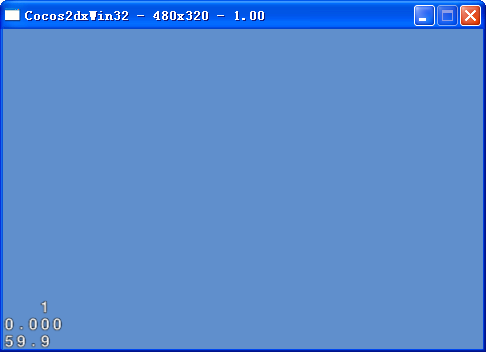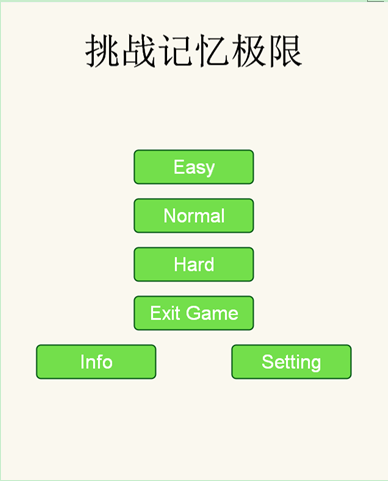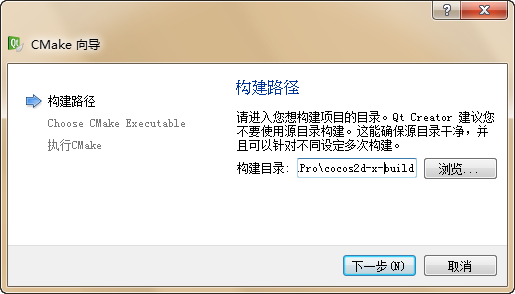_鞋男原创BLOG:http://www.jb51.cc/article/p-uxhebemw-bbq.html
在cocos2dx 2.x中:runAction的函数
CCAction * CCNode::runAction(CCAction* action)
{
CCAssert( action != NULL,"Argument must be non-nil");
m_pActionManager->addAction(action,this,!m_bRunning);
return action;
}由此可见,但凡继承自CCNode的都具有行为。
CCActionManager *m_pActionManager; ///< a pointer to ActionManager singleton,which is used to handle all the actions其实就是
CCDirector *director = CCDirector::sharedDirector(); m_pActionManager = director->getActionManager();
void CCActionManager::addAction(CCAction *pAction,CCNode *pTarget,bool paused)
{
CCAssert(pAction != NULL,"");
CCAssert(pTarget != NULL,"");
tHashElement *pElement = NULL;
// we should convert it to CCObject*,because we save it as CCObject*
CCObject *tmp = pTarget;
HASH_FIND_INT(m_pTargets,&tmp,pElement);//查找
if (! pElement)
{
pElement = (tHashElement*)calloc(sizeof(*pElement),1);
pElement->paused = paused;
pTarget->retain();
pElement->target = pTarget;
HASH_ADD_INT(m_pTargets,target,pElement);
}
actionAllocWithHashElement(pElement);//检测容量
CCAssert(! ccArrayContainsObject(pElement->actions,pAction),"");
ccArrayAppendobject(pElement->actions,pAction);//只看这句
pAction->startWithTarget(pTarget);//还有这句
}
void ccArrayAppendobject(ccArray *arr,CCObject* object) { CCAssert(object != NULL,"Invalid parameter!"); object->retain(); arr->arr[arr->num] = object; arr->num++; }数据结构
typedef struct _hashElement
{
struct _ccArray *actions;
CCObject *target;
unsigned int actionIndex;
CCAction *currentAction;
bool currentActionSalvaged;
bool paused;
UT_hash_handle hh;
} tHashElement;通过pElement将Target和pAction配对
void CCAction::startWithTarget(CCNode *aTarget)
{
m_pOriginalTarget = m_pTarget = aTarget;
}将个action打上了标签,谁的action,绑定了执行者
以上就是对象的动作算是注册到了引擎了,现在看引擎怎么个程序。
在每帧绘制场景(drawScene)的时候会根据时间调度(schedule),刷新界面(updata).
void CCActionManager::update(float dt)
{
for (tHashElement *elt = m_pTargets; elt != NULL; )
{
m_pCurrentTarget = elt;
m_bCurrentTargetSalvaged = false;
if (! m_pCurrentTarget->paused)
{
// The 'actions' CCMutableArray may change while inside this loop.
for (m_pCurrentTarget->actionIndex = 0; m_pCurrentTarget->actionIndex < m_pCurrentTarget->actions->num;
m_pCurrentTarget->actionIndex++)
{
m_pCurrentTarget->currentAction = (CCAction*)m_pCurrentTarget->actions->arr[m_pCurrentTarget->actionIndex];
if (m_pCurrentTarget->currentAction == NULL)
{
continue;
}
m_pCurrentTarget->currentActionSalvaged = false;
m_pCurrentTarget->currentAction->step(dt);
if (m_pCurrentTarget->currentActionSalvaged)
{
// The currentAction told the node to remove it. To prevent the action from
// accidentally deallocating itself before finishing its step,we retained
// it. Now that step is done,it's safe to release it.
m_pCurrentTarget->currentAction->release();
} else
if (m_pCurrentTarget->currentAction->isDone())
{
m_pCurrentTarget->currentAction->stop();
CCAction *pAction = m_pCurrentTarget->currentAction;
// Make currentAction nil to prevent removeAction from salvaging it.
m_pCurrentTarget->currentAction = NULL;
removeAction(pAction);
}
m_pCurrentTarget->currentAction = NULL;
}
}
// elt,at this moment,is still valid
// so it is safe to ask this here (issue #490)
elt = (tHashElement*)(elt->hh.next);
// only delete currentTarget if no actions were scheduled during the cycle (issue #481)
if (m_bCurrentTargetSalvaged && m_pCurrentTarget->actions->num == 0)
{
deleteHashElement(m_pCurrentTarget);
}
}
// issue #635
m_pCurrentTarget = NULL;
}
哈希什么的不大懂啊,m_pTargets存放的是一个结构体tHashElement对象
HASH_ADD_INT(m_pTargets,pElement);这里调用太深了,
m_pCurrentTarget->currentAction->step(dt);这步将会调用到具体的Action的step,
接下来大家可以看我转载的一篇,懒得写了 2.x和3.x的机制是一样的




